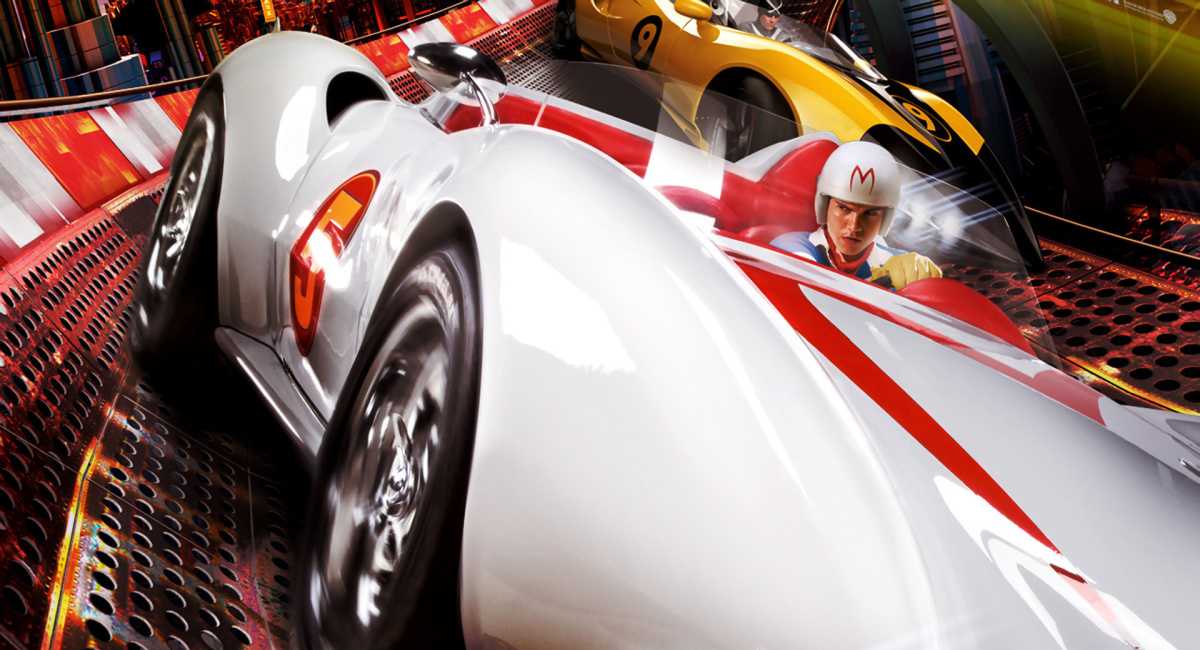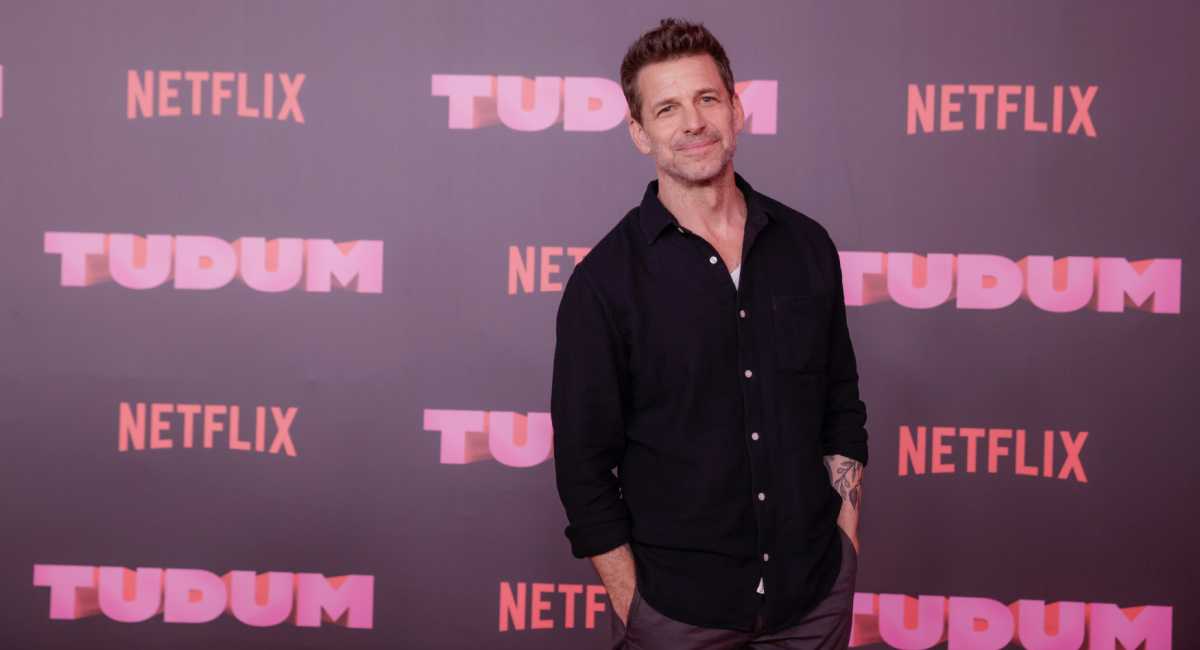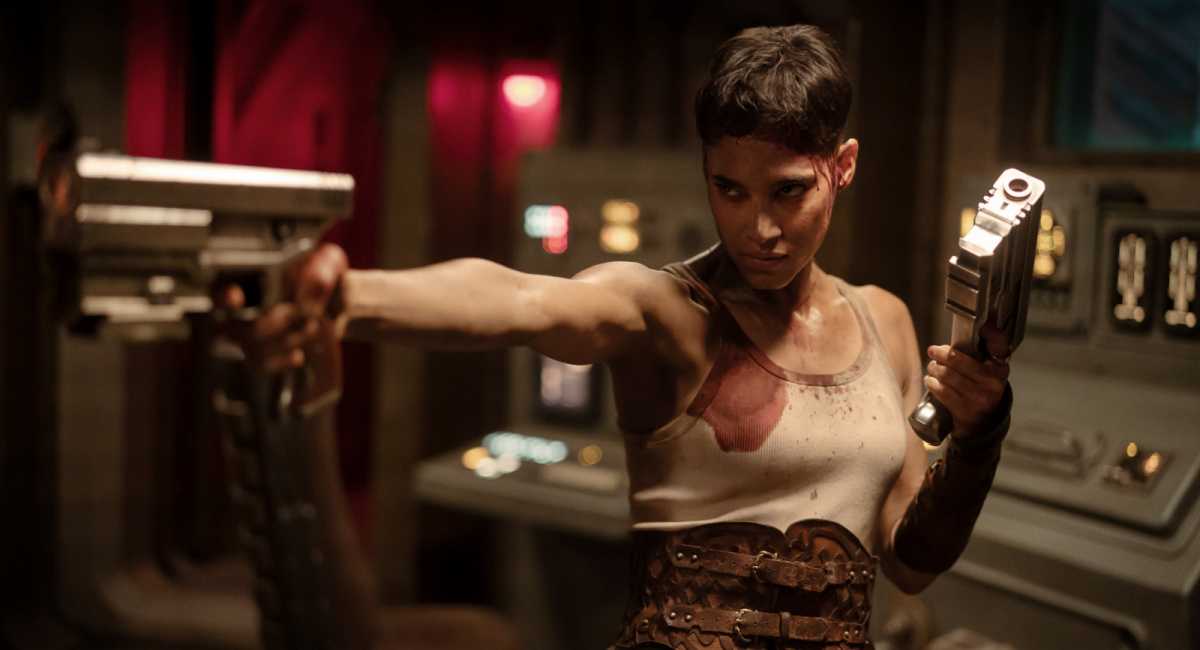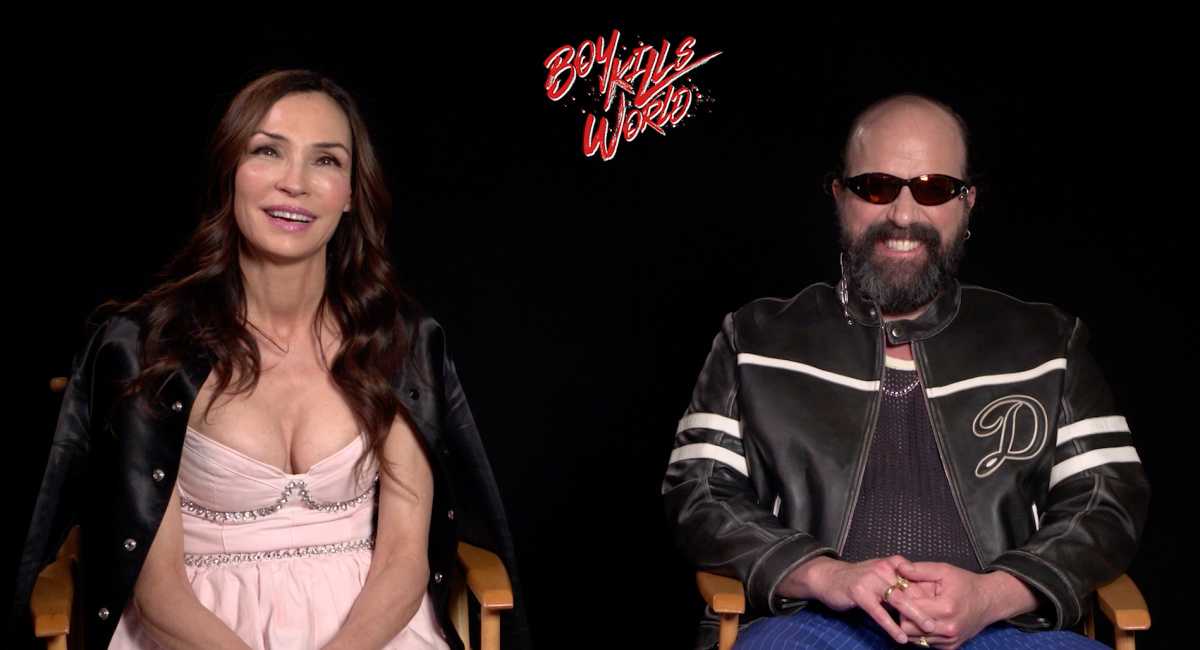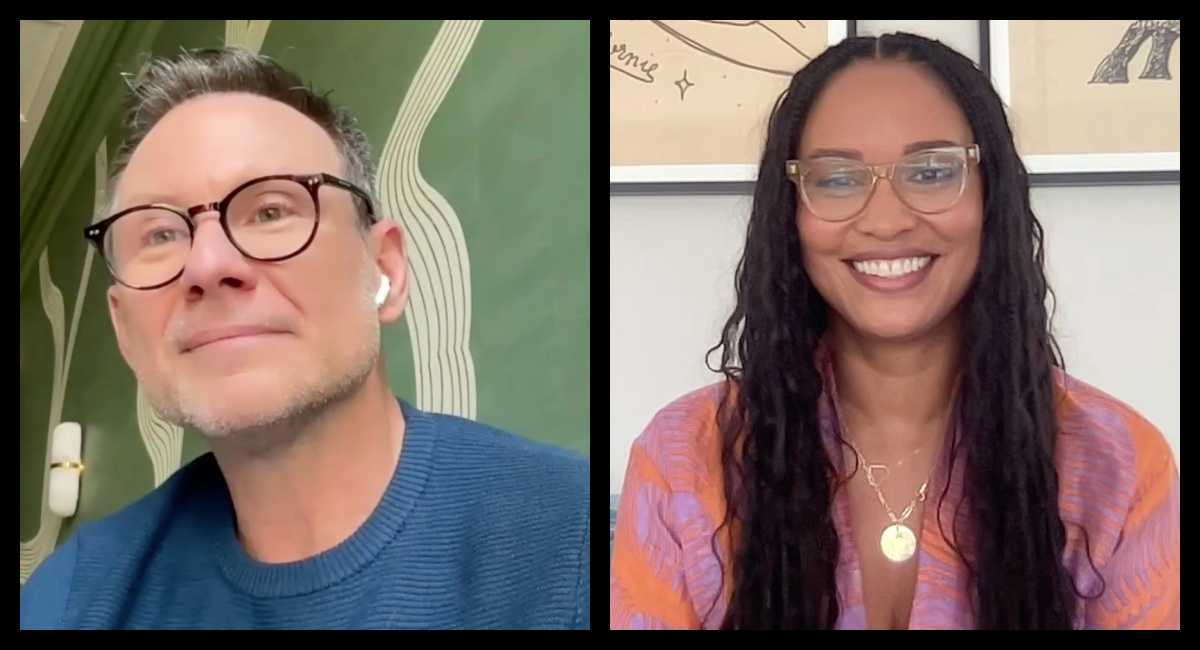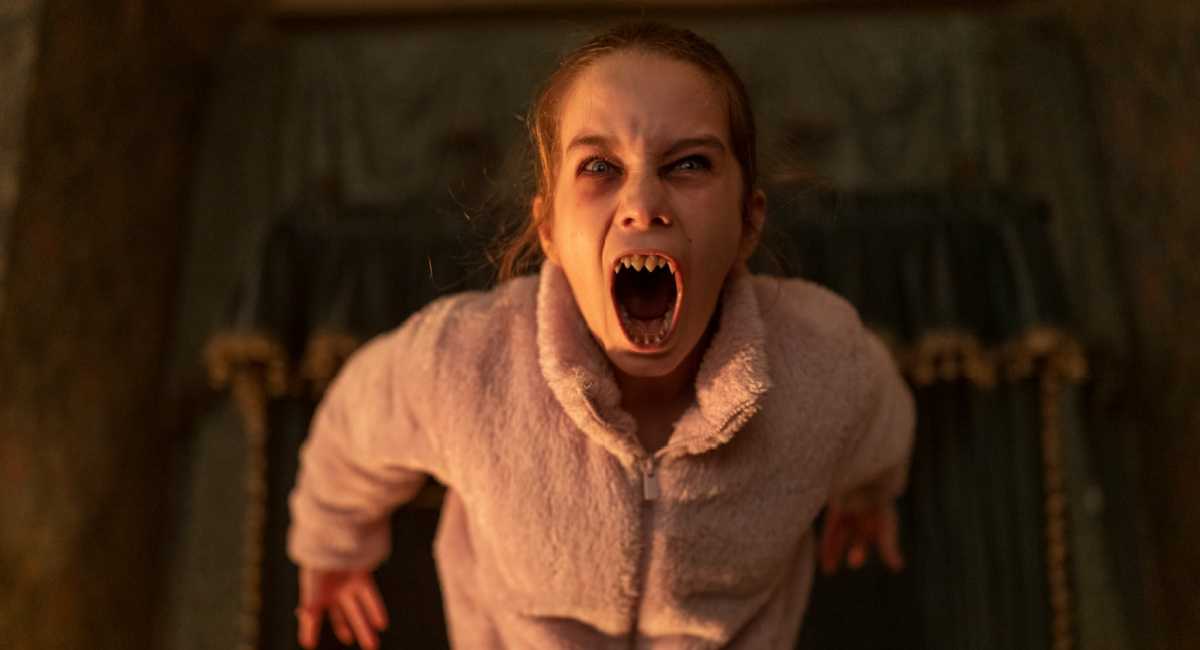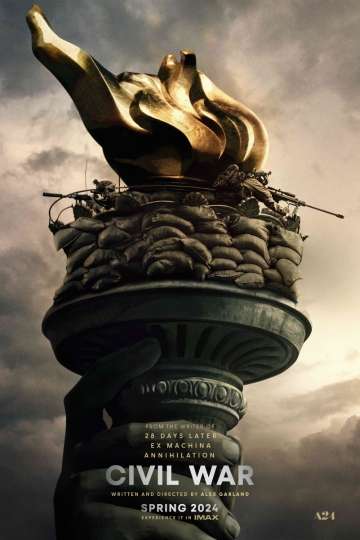'V for Vendetta': 10 Things You (Probably) Didn't Know About the Controversial Film
"V for Vendetta" has only come to look more prophetic in the decade since its release on March 17, 2006.
The adaptation of the Alan Moore/David Lloyd graphic novel, starring Hugo Weaving and Natalie Portman as a vengeful anarchist and his protege fighting a fascist government in a near-future England, proved to be the biggest critical and commercial success for producers the Wachowskis since "The Matrix." It also popularized the Guy Fawkes mask that has been a favorite of real-life protesters worldwide.
As iconic as the movie became, "Vendetta" ran into numerous obstacles during its production -- and many controversies upon its release. Here are ten things you need to know about the fan-favorite.
1. After making three "Matrix" movies, Andy and Larry Wachowski (now Lilly and Lana, respectively) dusted off a screenplay for "Vendetta" they'd written years earlier, before they had the clout to make it. Wanting a break from directing, they produced the film, but handed over the director's chair to James McTeigue, who'd been their first assistant director on the "Matrix" films.
2.James Purefoy was cast as V, but left the film six weeks into production because he was having difficulty giving his entire performance from behind a mask. "Matrix" villain Weaving replaced him and said he drew upon the mask training he'd done at drama school.
3. Portman, whose orphaned Evey is rescued and indoctrinated by V, gets her head shaved in the film. And Portman did indeed get shorn for real on camera.
4. Portman worked with McTeigue before, when he was the first AD on "Star Wars: Episode II -- Attack of the Clones."
5. Many indoor scenes were filmed at Germany's Babelsberg studio, where Fritz Lang shot the landmark "Metropolis" -- another story of a future underground revolt against oppression -- almost 80 years earlier.6. The movie's climax (pictured), involving thousands of masked rebels marching in London's Whitehall area, required the neighborhood to be cleared after midnight for four nights of filming. It was a first for the district, home to Trafalgar Square, the prime minister's residence and the Houses of Parliament. Co-star Stephen Fry joked that production assistant Euan Blair, son of then-prime minister Tony Blair, pulled strings to get the necessary clearances.
7. The finished film was also criticized for plot points that seemed to echo the London subway bombings, which occurred as the movie was being edited in 2005. "There are tragic events you can in no way condone," McTeigue said of the movie's life-imitates-art moments. "But what's interesting about this film is that it asks questions about why these things happen."
8. As he had with other movie projects based on his writings, including "From Hell" and "The League of Extraordinary Gentlemen" (and later, "Watchmen"), Alan Moore disavowed the movie, asked to have his name removed from the credits, and refused to accept royalties. Moore complained that the screenplay, which he had nothing to do with writing, had Hollywood-ized his story and turned what had been a jeremiad against Margaret Thatcher's regime into an American allegory about George W. Bush.
9. The film cost a reported $54 million to make. It earned back $70.5 million in America and another $62 million overseas.
10. The Guy Fawkes masks Lloyd designed for the book -- and the film -- became a symbol and tool beloved by protesters the world over. They were especially prominent during the Occupy Wall Street protests in 2011. "The Guy Fawkes mask has now become a common brand and a convenient placard to use in protest against tyranny," observed Lloyd, who visited the OWS sit-in at New York's Zuccotti Park and saw his handiwork up close, "and I'm happy with people using it.
Still, some anti-corporate protesters grumbled that the purchase of the masks was counterproductive, since it only put royalty money in the pockets of the giant Time Warner corporation.

V for Vendetta
In a world in which Great Britain has become a fascist state, a masked vigilante known only as “V” conducts guerrilla warfare against the oppressive British... Read the Plot



